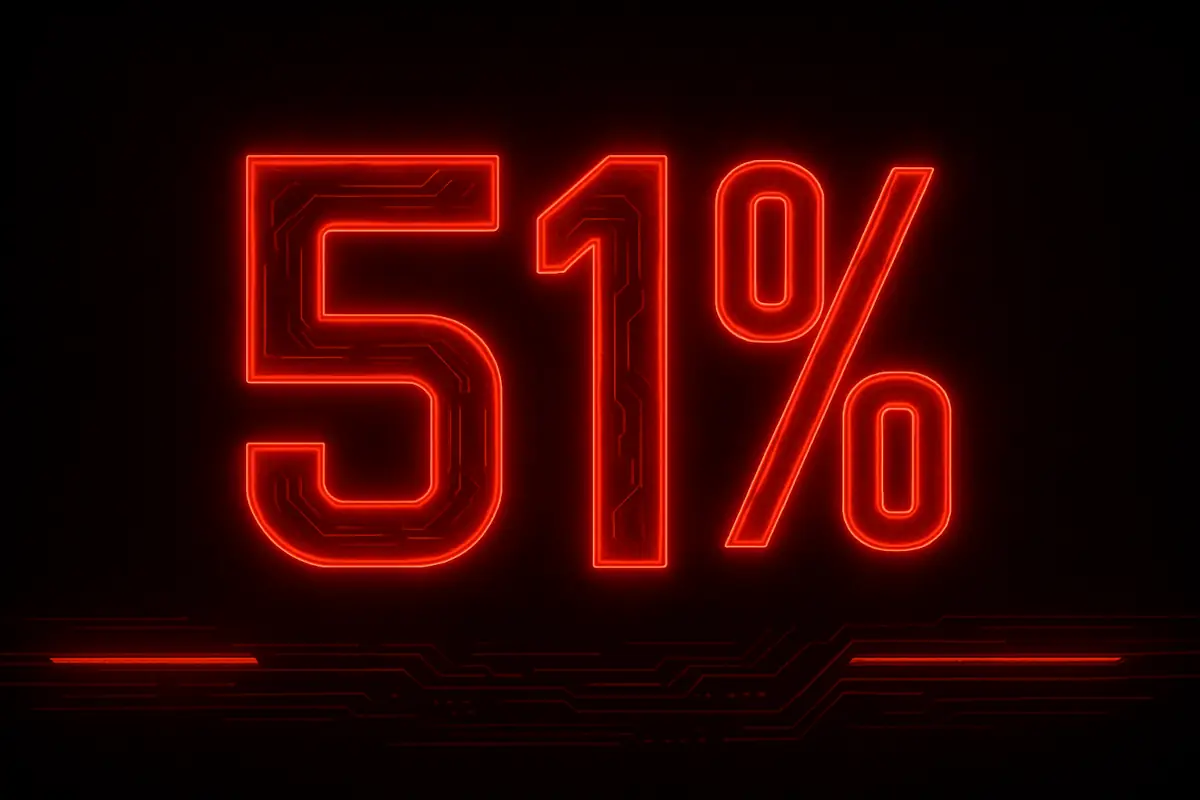Cryptocurrency exchange-traded funds (ETFs) are slowly becoming a reality, with Bitcoin and Ethereum already taking the lead on U.S. markets. These ETFs mark a significant shift, demonstrating that the crypto world can integrate with traditional financial markets. But this may only be the beginning. Other cryptocurrencies are likely to follow, and soon, we may witness the rise of crypto index funds.
To understand where crypto ETFs could be heading, let’s look at how traditional stock index funds work. An index like the S&P 500 tracks the performance of the top 500 publicly traded companies. Instead of buying individual stocks and guessing which will perform well, investors can buy shares of the S&P 500 index to get exposure to all 500 companies. This strategy is popular because it spreads risk across a range of assets, offering diversification.
Now, imagine a similar concept applied to crypto: an ETF that tracks the top 20 or 30 cryptocurrencies by market cap. Instead of betting everything on one coin, an investor could own a piece of many leading cryptos at once. This would reduce exposure to the extreme swings of any one asset, making the investment slightly less volatile. While crypto as a whole is still riskier than traditional markets, the diversification of an index fund would help balance the ups and downs.
Diversification aside, there’s another reason investors like index funds. They provide passive management, meaning you don’t need to pick and monitor individual assets constantly. This could be a major selling point for the growing number of people curious about crypto but hesitant to jump into the deep end.
While we’re not there yet, there’s nothing stopping investors from building their own version of a crypto index fund today. You can easily purchase different cryptos in proportions that match their market capitalizations. For example, if you want to mirror a “top 10” index fund, allocate your portfolio to reflect the current rankings. While this requires more hands-on effort than buying a single ETF, it’s a practical way to achieve the same goal: diversifying your exposure across multiple cryptocurrencies.
The rise of crypto ETFs and potential crypto index funds signals a maturing market, but we still have a way to go before these become widely available. As with any investment, understanding the risks and doing your research will always be crucial. The next few years could be a turning point, bringing more structured and less volatile options to investors looking to dip their toes in the crypto world.




